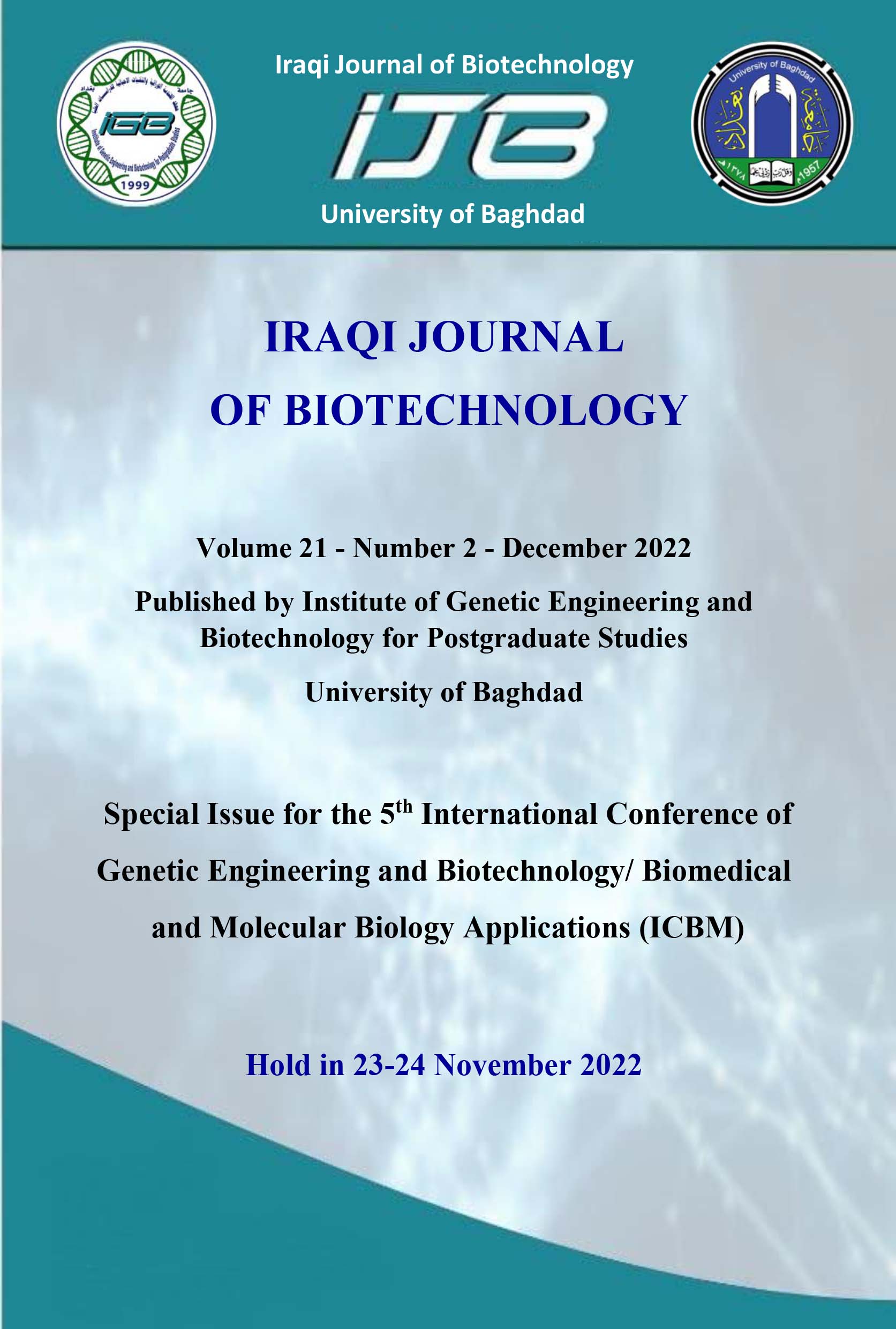Molecular Detection of oprI and oprL Virulence Genes of Pseudomonas aeruginosa Isolated from Burns and Wounds
Abstract
Objectives: Pseudomonas aeruginosa bacteria are opportunistic pathogens capable of infecting almost all tissues of the body due to their possession of a variety of virulence factors that significantly contribute to pathogenicity in the host. 125 swabs were collected from burns and wounds patients to investigate the spread of Pseudomonas aeruginosa bacteria in these sources and to study some of the virulence factors possessed by this bacteria. The developing isolates were diagnosed after cultivation on different culture media through their phenotypic and microscopic characteristics, in addition to genetic diagnosis as a final diagnosis for the isolates that gave a positive result as pseudomonas aeruginosa during the previous tests and this was done by relying on the 16srDNA diagnostic gene with the sequence of P. aeruginosa bacteria. Diagnostic results are displayed that only 69 isolates (55.2%) of which were identified as P. aeruginosa divided on 53 isolates 60.9% of cases of burns infections and 16 isolates 42.1% of cases of wound. The prevalence of the genes encoding for lipoproteins Opr I, opr L, was investigated using PCR technology, and the results showed the presence of the opr I gene with a percentage of 100%, while the opr L gene was at a rate of (85.5%). Within the genetic structure of P. aeruginosa isolates under study, and as a result of their high presence in most of the studied isolated, these genes can be considered a successful and rapid alternative for the diagnosis of p. aeruginosa in a molecular way based on the polymerase chain reaction (PCR) technique.


